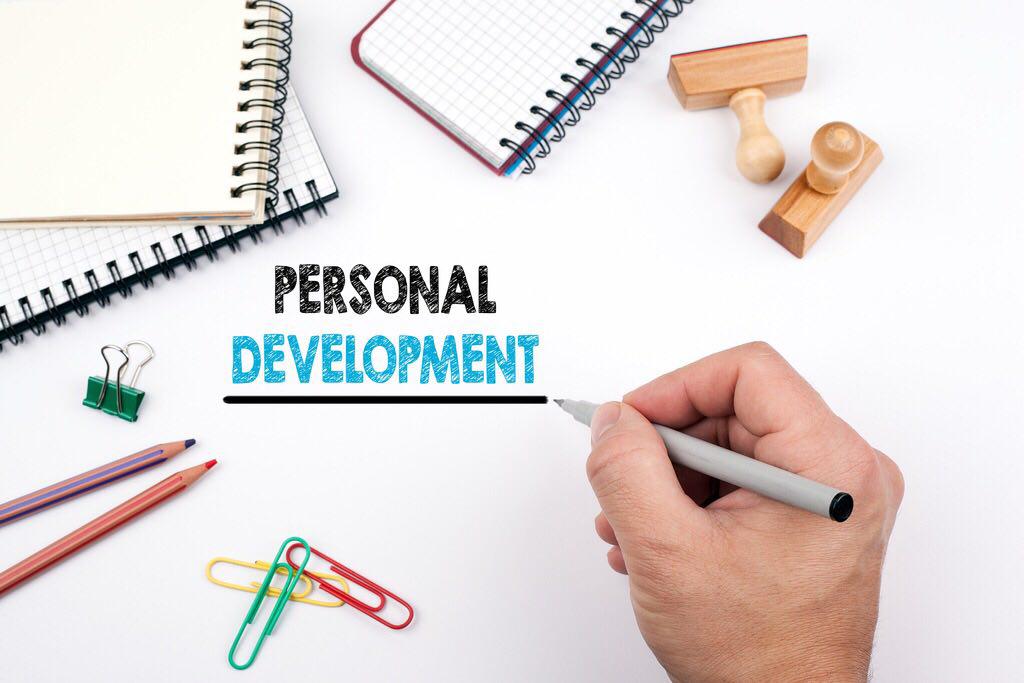by Dr. Linda Phillips-Jones

We believe that good planning will help you find and become good mentors. This is the third activity in our series on planning. If you missed the first two, see Creating or Revising Your Personal Vision (Tool #1) and Writing a Personal Vision Statement (Tool #2).
If you’ve completed the first two exercises, you’re now ready to write a Personal Development Plan for yourself.
Below you’ll see a sample Development Plan and a blank one for you to use. The sample is only to trigger your thinking. Your own PDP will probably look very different. Notice how the person plans to work on three objectives. For each objective, there are measures, development activities, potential mentors, and a timeline.
5 Steps to Creating a Personal Development Plan:
- Print out the blank Plan;
- Look at your completed Draft Vision Statement again, and choose one goal that will help you take a first key step toward reaching your vision;
- Write the goal in the space, “My First Major Goal”;
- In the first column, write up to three steps/objectives that will help you accomplish one key part of your Goal;
Write the objectives as skills, knowledge, or attitudes to attain. Some people choose easy objectives that can be reached immediately (in order to build success and momentum). Others choose the most important objectives that will ensure they’ll master the goal; - For each objective, choose a measure/proof to show you’ve reached it, at least one learning/development activity (class? book? internship? research on the Web?), some potential mentors who could help you, and finally a target completion date by which you’ll reach the objective.
Take at least an hour to work on your plan. Use a pencil if that feels better than a pen or computer. Talk to someone you respect about your proposal and make changes as needed. Be sure your plan is challenging and compelling enough to excite you every day but not so difficult that you won’t do it.
Tool #3: Personal Development Plan (example)
| My First Major Goal: I will make significant progress on my formal education by the end of 2000. | ||||
|---|---|---|---|---|
| Knowledge to Gain/Skills to Build/Attitudes to Develop (What must I acquire/improve?) | Proof (How will I know I did it?) | Development Activities (How will I actually gain/ build/develop these?) | Potential Mentors (Who might help me with my development?) | Target Completion Date (When will I be there?) |
| 1. Enroll in an appropriate Internet-based degree program. | -Have list of programs -Receive acceptance letter | -Research Web -Contact potentials -Submit transcript -ID best Apply | -Mary (did this last year) -Chen (knows Web) | End of month 3 |
| 2. Complete 2 required courses for degree | -Receive final grades (at least B+) | -Do all assignments | -Assigned instructors -Jack (retired teacher) | Ends of months 6 and 9 |
| 3. Complete 1 elective course that counts toward degree | -Receive final grade (A) | -Do all assignments -Teach my sister the subject | -My spouse -Assigned instructor | End of 2003 |
Tool #3: Personal Development Plan Template
| My First Major Goal: | ||||
|---|---|---|---|---|
| Knowledge to Gain/Skills to Build/Attitudes to Develop (What must I acquire/improve?) | Proof (How will I know I did it?) | Development Activities (How will I actually gain/ build/develop these?) | Potential Mentors (Who might help me with my development?) | Target Completion Date (When will I be there?) |
| 1 | ||||
| 2 | ||||
| 3 | ||||
Repeat this process for your second and third major goals.
Congratulations! You’ve not only prepared a draft of your Personal Vision, but you’ve also identified several steps you can take to make it happen. You now have something tangible to use as you identify potential mentors and negotiate helping partnerships with them.
Ask them what they’d specifically like from you. For example, they might shadow you for several hours on your job. You could agree to critique some of their writing or role-play an upcoming meeting with them. They could also complete learning activities that don’t involve you and report the results to you at your next meeting.
Be honest about any boundaries you have. For example, “I can’t read everything you write, but I’ll be willing to review and edit the two documents you believe are most important.”
Use their completed Development Plans throughout your mentoring relationships to gauge progress and provide encouragement. Help your mentees improve the plans (add or delete goals and objectives as well as activities and measures) whenever it makes sense. The plans should be “living” in the sense that they change and grow with your mentees’ accomplishments and needs.
If you use the ideas and the three planning tools with your mentees, you’ll be of tremendous help as a mentor.